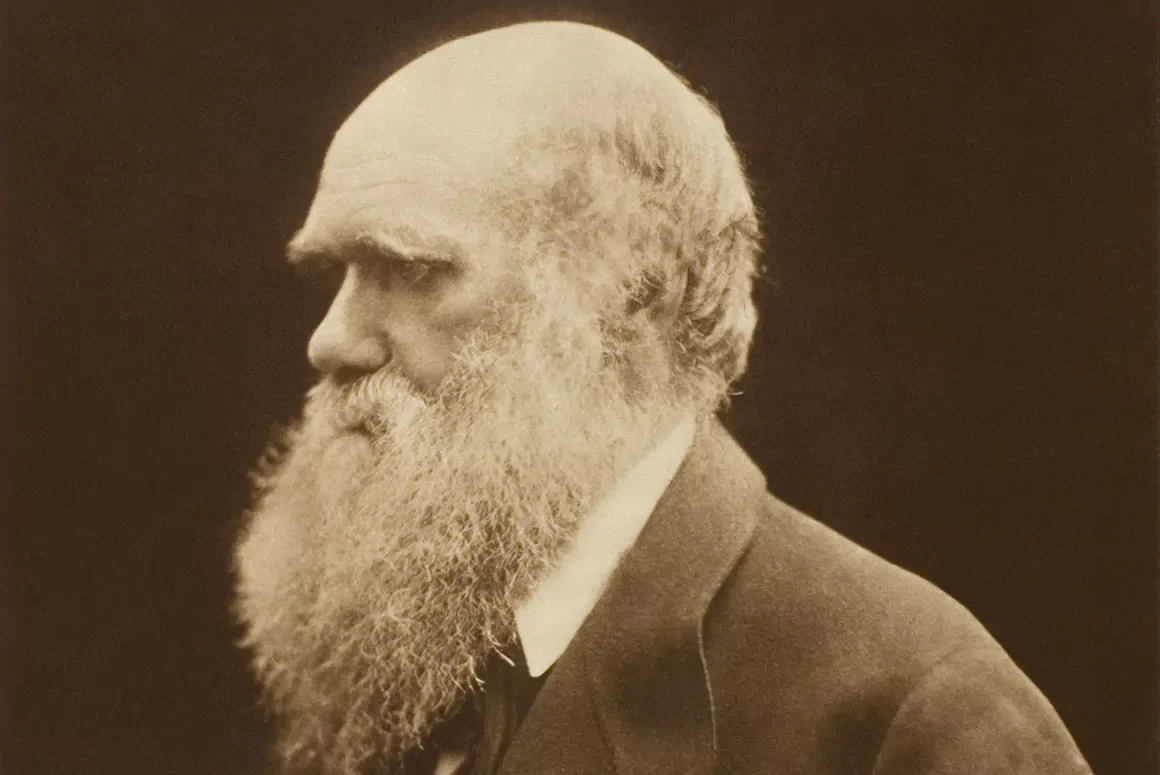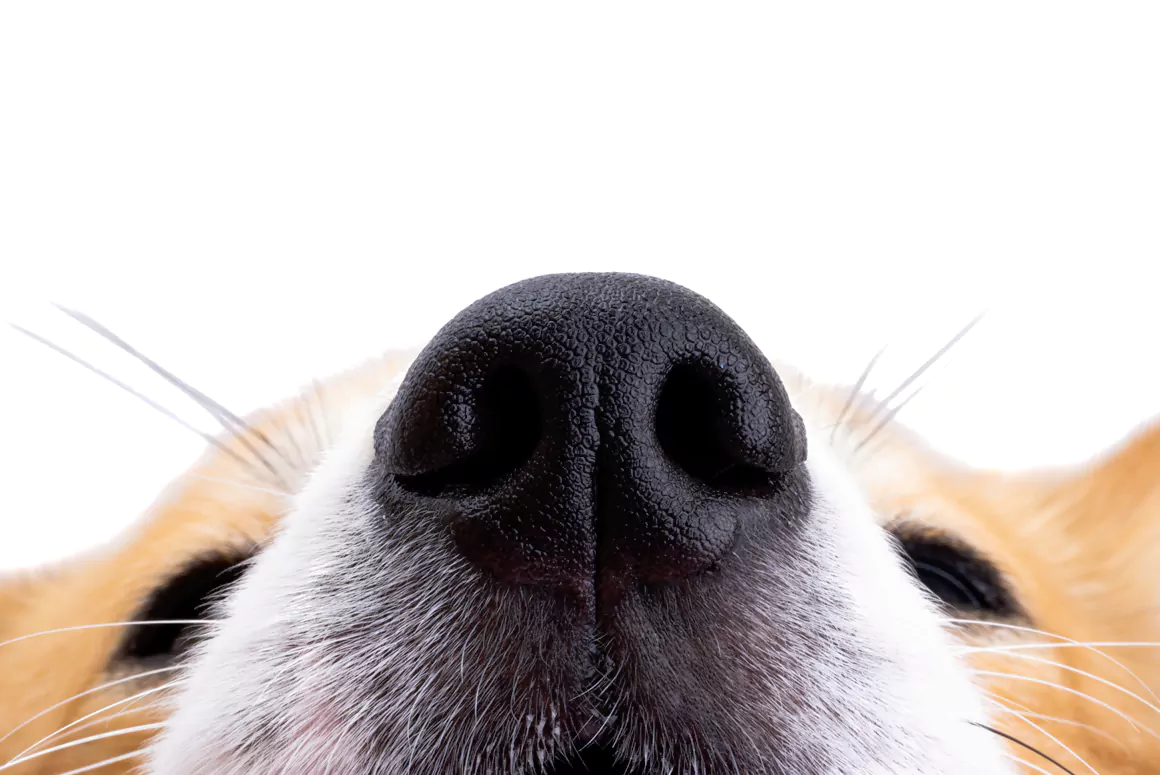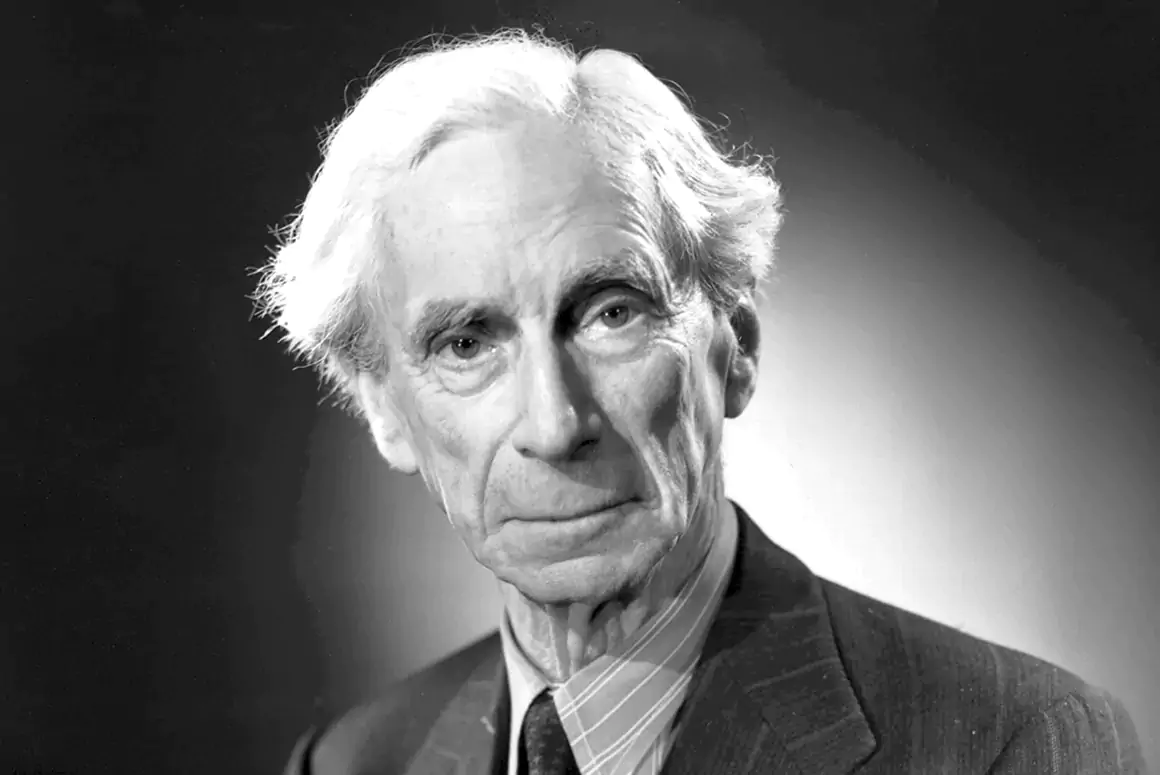![]()
Karen Foy takes a look at the early life and work of Charles Darwin and his connections to Wales
As the fifth child born to parents – Robert Waring Darwin, a medical doctor and his wife, Susannah – Charles Darwin had high family expectations to live up to. Born on the 12th February 1809 at The Mount House in the Frankwell area of Shrewsbury, his paternal grandfather was Erasmus Darwin, one of the leading intellectuals of the 18th Century, whilst his maternal grandfather was illustrious potter and businessman, Josiah Wedgwood.
A Complex Education
At first, Charles planned to follow his father into medicine and after attending Shrewsbury School, he enrolled at Edinburgh University. From an early age, family holidays were spent in Wales and Darwin enjoyed nothing more than studying the wildlife and jotting down his observations in detailed notebooks developing his love of natural history. It was this passion and his squeamish nature which put a stop to his medical career as he realised his heart lay elsewhere.
The experience was not entirely wasted when fellow pupil John Edmonstone, a freed black slave from Guyana, taught the young Darwin the skills involved in taxidermy which became indispensable tools for what was later to become a bonus to his naturalist career.
At this time he met Fanny Mostyn Owen who lived with her family at Woodhouse in Shropshire. She became his first love but their relationship dwindled when his father persuaded him to consider a change of direction and study Divinity at Christ’s College, Cambridge. The result of three years education saw him achieve a BA in Theology and Classics before realising that life as a clergyman was not the vocation for him.
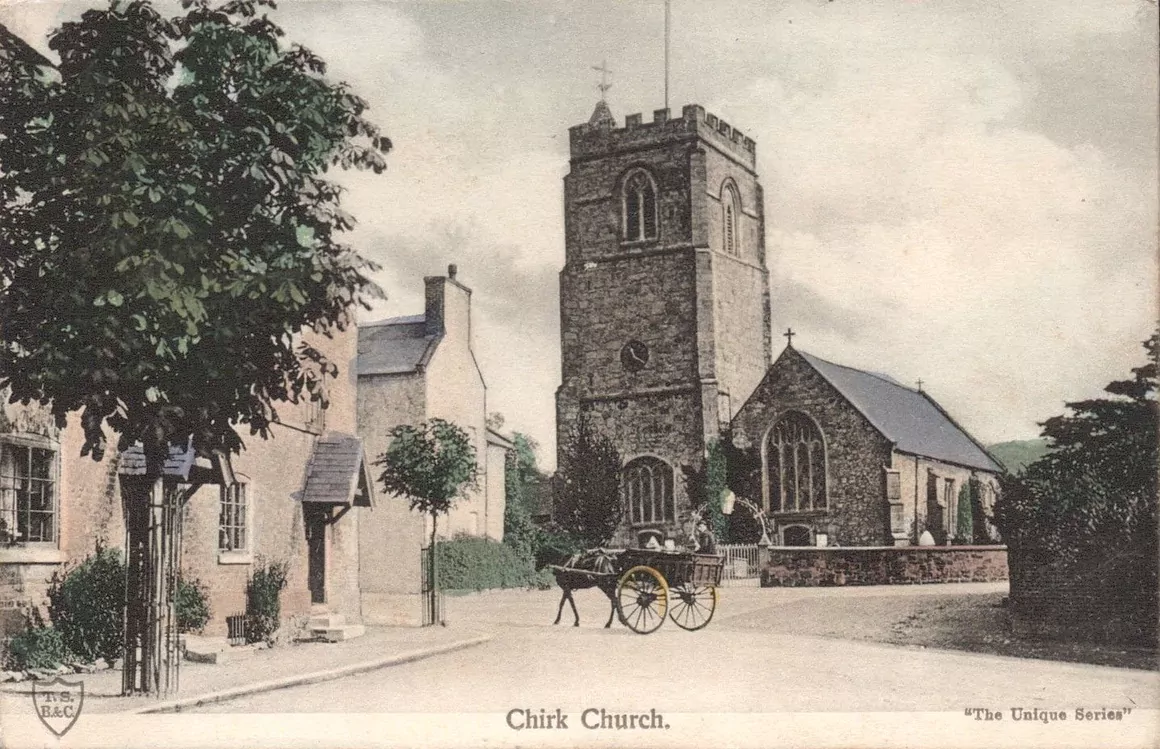
His father’s hopes that he would become a good Anglican Parson never materialised when Darwin was offered a student place on a natural history trip to the Madeira Islands. To prepare he joined a course mapping the strata of Wales with the Reverend Professor Adam Sedgwick.
It was in August 1831 that Darwin embarked on a tour of north Wales with the eminent Professor Sedgwick. At that time, Sedgwick was a forty six year old Professor of Geology at Cambridge with numerous accomplishments under his belt including geologising the terrain in Scotland, Cumberland and the Alps, as well as acquiring the position of President of the London Geological Society.
Darwin, on the other hand, had only recently graduated from Cambridge University. Despite a lack of enthusiasm for his previous geology lecturer – Robert Jameson – who he encountered whilst studying at Edinburgh University between 1825 and 1827, Darwin had retained a huge amount of knowledge.
From an early age, family holidays were spent in Wales and Darwin enjoyed nothing more than studying the wildlife and jotting down his observations in detailed notebooks developing his love of natural history.
Darwin’s trekking expedition with Professor Sedgwick encompassed Denbigh, Conwy, Bethesda, Anglesey, Caernarfon, and Barmouth. The route took them across Welsh terrain from Llangollen and the Horseshoe Pass to the Ogof Caves – where he discovered an ancient rhinoceros tooth – and on to Lake Ogwen in Snowdonia where he investigated the glaciated scenery. An old coaching inn – Plas y Brennin at Capel Curig – was a popular haunt of Darwin’s on his geological missions, the notes from which can still be read along with hundreds of his other letters on the Darwin’s Correspondence Database at www.lib.cam.ac.uk/Departments/Darwin/. Here he spent two nights before climbing Moel Siabod –the highest peak in the Moelwynion mountain range – before walking to Dolwyddelan and on to Ffestiniog.
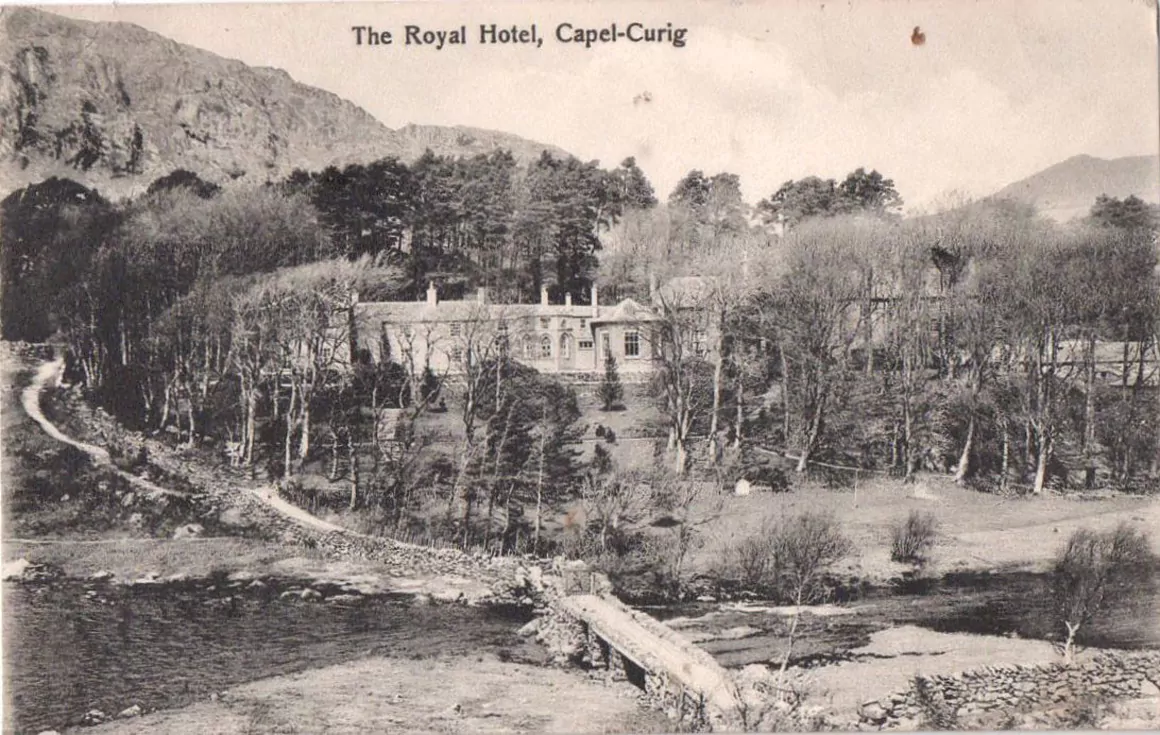
Sometimes on foot, and sometimes with the aid of a horse and two wheeled carriage (gig), the pair crossed hills and valleys, mapping the strata and their findings as they went.
It was thanks to the excursion and preparations with Professor Sedgwick that Darwin was able to expand his growing list of exploration skills. These included navigation using maps, travelling through rough terrain, observation of plants and animals, habitats, specimen collection, and preservation. With this hands-on experience and the knowledge accumulated from the botany lectures he attended, Darwin was given the opportunity of becoming an unpaid naturalist and gentleman’s companion on board an ex-Royal Navy ship refurbished as a survey vessel. When he set sail aboard the HMS Beagle in December 1831, his voyage was to become legendary and his findings were to change our thoughts on evolution forever.

The Next Generation
After a full and fascinating life, Charles Darwin passed away on the 19th April 1882 at his home in Down, Kent. Britain recognised his great contributions to science and the natural world and gave him a state funeral in London. Although agnostic, his body is buried in the north aisle of the nave in Westminster Abbey near to the grave of fellow scientist, Sir Isaac Newton.
As a tribute to his life and work as a geologist, naturalist and explorer, ‘Darwin Day’ has now become a universally notable occasion. Celebrations are held annually – this year on the 12th February – with talks and events taking place across the globe encompassing everything from his life as a family man, his thoughts on religion and his greatest discoveries.
Darwin’s scientific connections to Wales continue to prosper. The Darwin Centre for Biology and Medicine was founded in Cardiff by Professor Tony Campbell in 1993, moving to Pembrokeshire in 1999. The team aim to work with every school in Pembrokeshire educating children on subjects linked to Science, Technology, Engineering and Maths through workshops and field trips.
Also in Pembrokeshire, ‘The HMS Beagle Project’ continues to raise funds to recreate the ship on which Darwin carried out his legendary 1831 expedition. The original HMS Beagle was a 27ft long Navy brig, which was sadly sold for scrap in 1870 for £525, the remains of which are thought to be situated in a marsh in Essex.
The fascinating www.hmsbeagleproject.org.uk website describes how the new vessel will maintain some of the original features with the addition of a 21st Century twist, ‘Built of larch and oak, the modern Beagle will use GPS navigation and satellite communications.’
This ambitious project can only benefit us all. The team explains –‘In the Darwinian tradition of discovery and adventure, hands-on experiences, collection, research and analysis…(the learning programme)… aims to excite students of all ages about science, and educate them about our planet’s environment and how it is changing, as well as the causes and potential consequences of these changes.’
So Darwin’s quest for knowledge will continue to live on in future generations of potential geologists and scientists, as we find out more about our home terrain in Wales and much further afield.
DID YOU KNOW?
- In the Welsh borders, Chirk Church holds a clue to his past in the form of a monument to Fanny Mostyn Owen,
Darwin’s first love before leaving to take up further education at Cambridge University. - Darwin visited Abergele and Tywyn on family holidays.
- On Saturday 6th August 1831, whilst on their geology tour, Professor Sedgwick and Charles Darwin stayed overnight
at the Castle Hotel on the Square in Ruthin before attending matins at St Peters on the Sunday morning. - In a later trip to Llanberis in June 1842, Darwin stayed at the Royal Victoria Hotel in Llanberis.
- Since 1936 when the first stamp depicting Charles Darwin was issued by Ecuador, commemorating the 100th
Anniversary of his visit to the Galapagos Islands, numerous postage stamps have been issued around the world. On
the centenary of Darwin’s death, a commemorative set of four stamps was issued by the Royal Mail on the 10th
February 1982. - In 2000, Darwin’s portrait was chosen as the image to adorn the back of the Bank of England’s £10 note.
Words: Karen Foy
First published in Welsh Country Magazine Jan-Feb 2017


